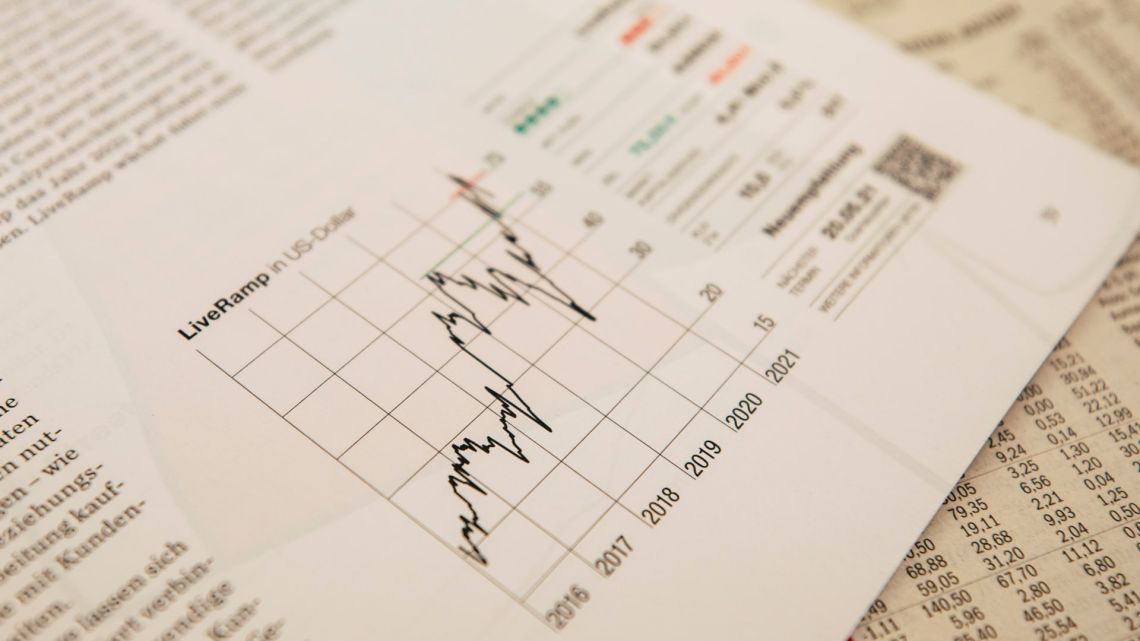
The recent decision by the U.S. Federal Reserve to pause on interest-rate increases has sparked an interesting turn of events. Despite the uneventful Federal Open Market Committee statement and Fed Chair Jerome Powell's restrained press conference, investors have now embraced the Fed's "higher for longer" monetary policy paradigm.
What caused this sudden shift in perception? One key factor may be the updated projections of the policy makers' median fed funds rate. The notorious "dot plot" revealed expectations of only one more rate hike in 2023, along with a decrease in anticipated rate cuts in 2024 compared to previous projections.
This market repricing not only reflects a reduced expectation of rate cuts but also signifies a significantly higher projected policy rate by the end of 2024 and 2025. According to the dot plot, the fed funds rate could exceed 5% by the end of next year and remain at approximately 3.9% for over two years. This stark contrast to previous predictions, which estimated rates at 4.3% in 2023 and 3.1% in 2025, has caught the attention of investors, business leaders, and consumers alike.
The implications of this shift in interest rate expectations are significant. It implies that individuals and businesses can no longer rely on the hope of a rapid decline in capital costs. As we navigate this new landscape, it is crucial to recognize the evolving dynamics of interest rates and adjust our strategies accordingly.
The Impact of the Fed's Forward Guidance
In recent times, the Federal Reserve's forward guidance has not only affected short-term interest rates but also put pressure on long-term Treasury bond yields. This rise in long-term rates primarily stems from the expectation that short-term rates will remain elevated for an extended period. While inflation, economic growth, government debt expectations, and risk factors influence long-term rates, the primary driver currently seems to be the increased probability of sustained higher short-term rates.
Interestingly, the increase in bond yields across the entire yield curve seems to be complementing the Fed's monetary policy efforts. This tightening of financial conditions has led to a rise in consumer, mortgage, and business loan rates.
Adjusting to a higher cost of capital will undoubtedly come at a price for the economy. Certain spending decisions, investment plans, and business transactions may have to be postponed. However, this adjustment could eventually pave the way for a more positive outlook.
As the economy adapts to the higher cost of capital, it is likely to experience slower final demand and labor market rebalancing. Consequently, this would help alleviate price and wage pressures, thereby enabling the Fed to gradually adjust its monetary policy towards a less restrictive stance.
Furthermore, although a higher-cost-of-capital environment may discourage investment and spending, it can also facilitate more efficient capital allocation. Private sector actors will need to exercise greater scrutiny when making investment decisions with the aim of maximizing potential returns.
Waiting for rates to change is no longer a viable strategy for those who have been hesitant to take action. Instead, business leaders, investors, and consumers should embrace and adapt to the reality of a higher cost of capital. It is important to recognize that the level of uncertainty surrounding rates is now significantly narrower than it has been in the past two years.













Write Your Comment